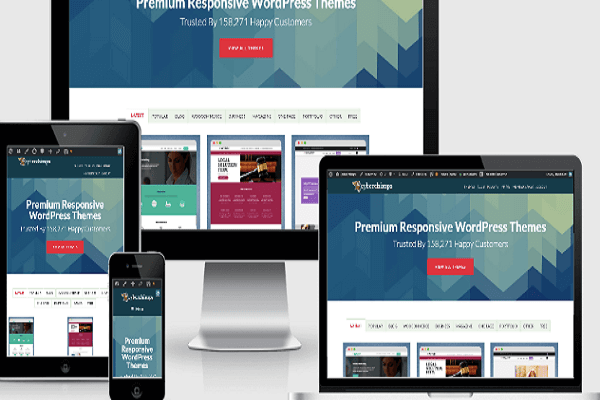In today’s competitive business landscape, companies seek innovative strategies to drive sales effectively. One such solution is guided selling. Offering potential buyers a personalized shopping experience while simplifying decision-making is the essence of this approach. It’s a win-win strategy for both businesses and customers alike. Below, we will examine in detail what is guided selling and its significance.
Contents
Understanding Guided Selling and Its Importance

Guided selling is a sales approach that uses intelligent tools and strategies to guide customers through the buying process, ensuring a more delightful and convenient shopping experience. It’s not about pushing products; it’s about understanding customer needs and providing personalized solutions.
Understanding the importance of guided selling makes it invaluable in every business’s sales strategy.
Through guided selling, businesses can improve their sales process, streamline communication, manage leads efficiently, and enhance customer satisfaction.
Therefore, recognizing the prominence of guided selling is crucial for businesses to keep up with the evolving customer expectations and make a mark in the competitive market.
Core Components of Guided Selling in Business
The foundation of guided selling comprises a range of components aimed at simplifying an otherwise complex buyer’s journey. At its core, it includes understanding customer requirements, engaging them with relevant content, providing individualized help, feedback collection, and constant improvement.
An integrated customer relationship management (CRM) system is essential to guided selling. It assists in managing customer information, tracking buying behavior and preferences, and creating an overall personalized buying experience.
Data analytics plays a pivotal role in this approach. Analyzing buyers’ behavior and preferences provides insights for refining the sales process, thus making guided selling strategy more effective.
Guided Selling vs Traditional Selling: A Comparative View
The stark difference between guided selling and traditional selling lies in their approach. While traditional selling generally involves a one-size-fits-all strategy, guided selling enables personalized interactions based on customer requirements.
Traditional selling commonly lacks the personal touch, often resulting in missed opportunities. Contrastingly, guided selling enables businesses to walk with their customers across their buying journey, providing the best possible solutions tailored to their needs.
Moreover, guided selling is technology-driven, enabling businesses to collect valuable data and insights into customers’ behaviors and preferences. This is something that’s not customary in traditional selling methods.
While traditional selling remains relevant in some cases, guided selling offers a more personalized, efficient, and data-driven approach, making it a preferable option for businesses in the digital age.
Also read: The Role of Innovation In the Growth of Small Businesses
Impact of Guided Selling in Online Retail
When it comes to online retail, guided selling has revolutionized the way businesses interact with their customers. Businesses can provide personalized recommendations by seamlessly integrating customer data, enhancing the shopping experience.
With the ability to analyze customer behavior and preferences, online retailers can showcase relevant products likely to resonate with the customer. This targeted approach leads to higher conversion rates and customer satisfaction.
Navigation can be challenging online, particularly when dealing with various products. Guided selling helps customers navigate these complexities, making the buying journey simpler and more enjoyable.
How Technology Enhances Guided Selling Strategies

The proliferation of technology in the business arena has significantly transformed guided selling strategies. It has breathed life into vital components of guided selling, such as data analysis, automation, and personalizing selling experiences.
Artificial intelligence and machine learning have paved the way for predictive analysis and automated recommendations, boosting guided selling efforts. These technologies help track customer behavior, predict their needs, and personalize interactions.
Furthermore, cloud-based CRM platforms have enhanced customer relationship management, giving businesses an in-depth understanding of their customers. These insights allow for more targeted and effective sales strategies.
Guided selling ignites an era of customer-centric sales, fostering enhanced customer relationships and facilitating efficient sales operations. Adapting to this approach gives businesses a competitive edge and aligns them with the evolving market dynamics and customer expectations.




